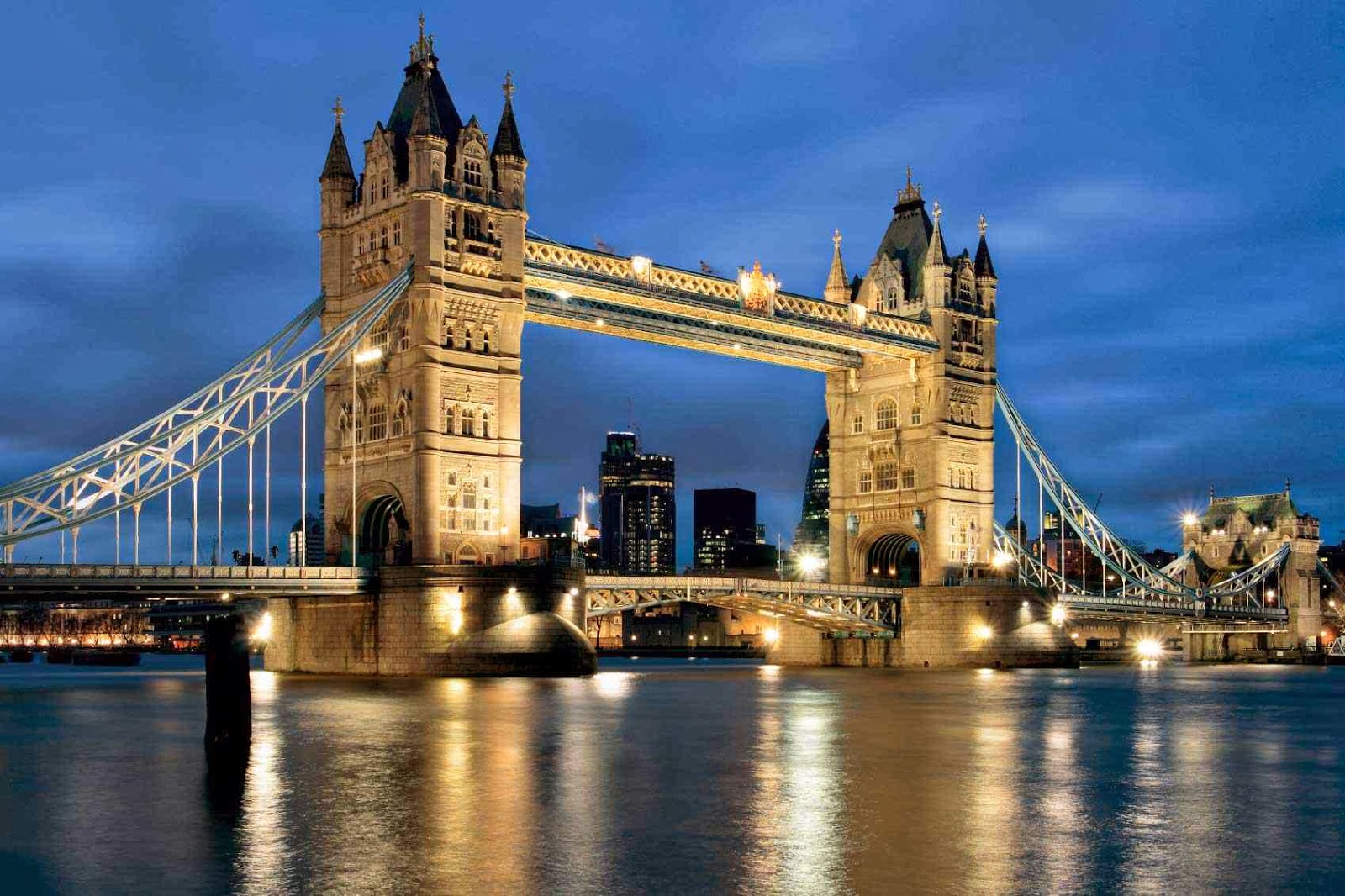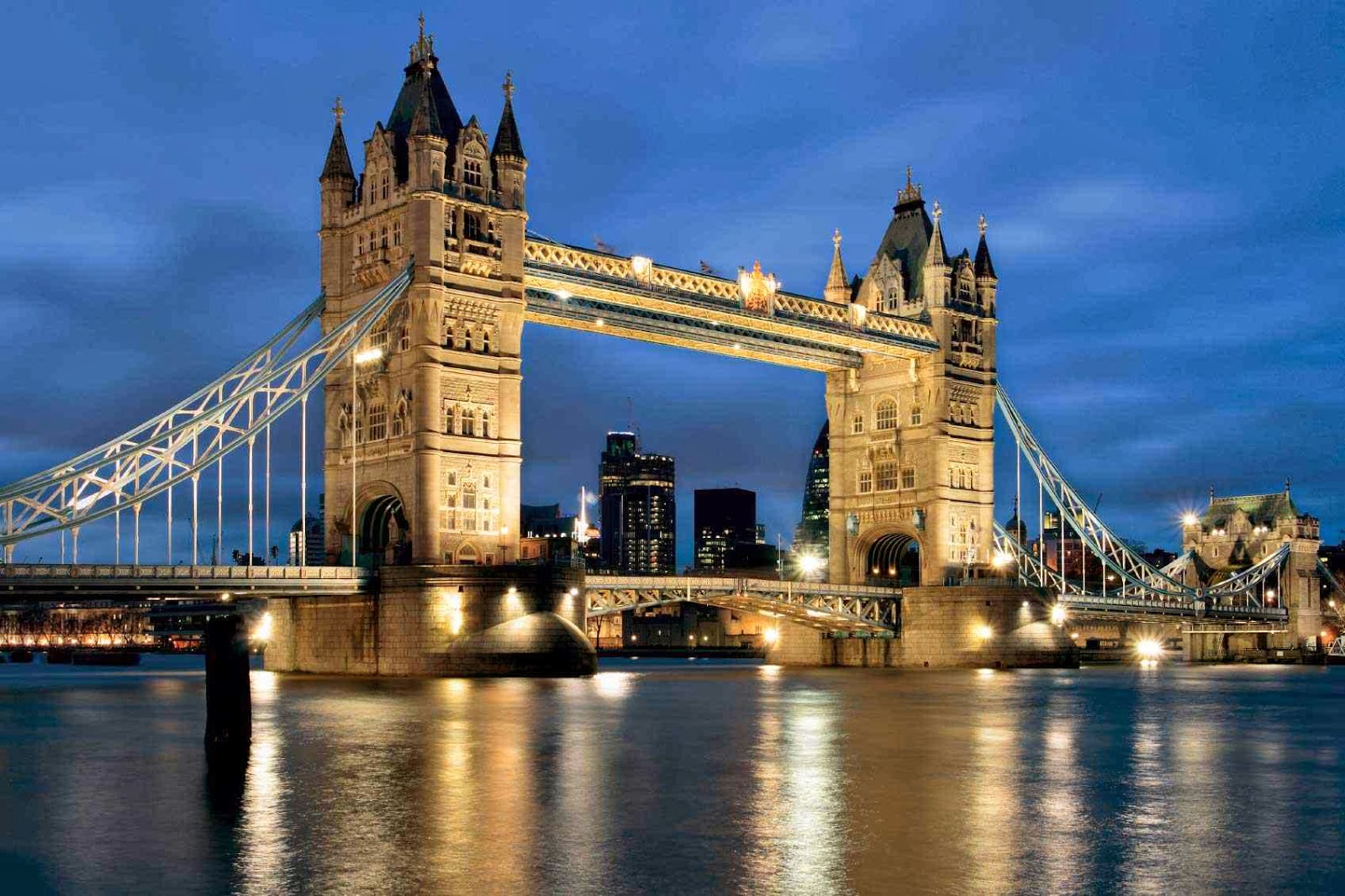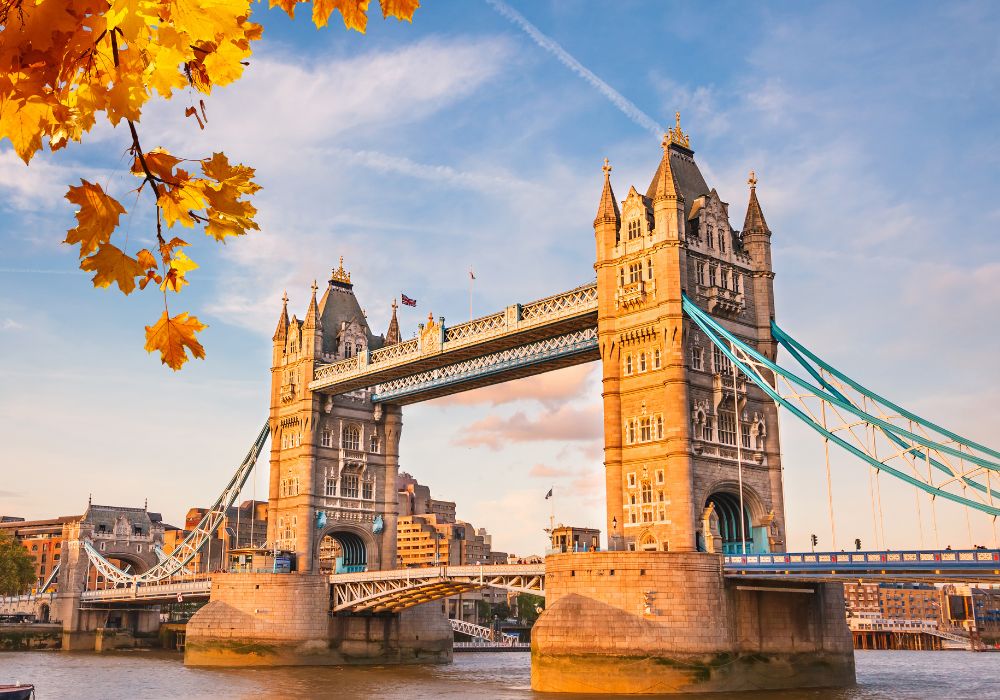
The United Kingdom, a captivating archipelago nestled off Europe’s northwest coast, is a land where ancient history breathes alongside vibrant modernity, where dramatic landscapes give way to bustling cosmopolitan cities. Comprising England, Scotland, Wales, and Northern Ireland, this diverse nation offers an unparalleled travel experience, a rich mosaic of culture, heritage, and natural beauty. From the prehistoric mysteries of Stonehenge to the majestic Scottish Highlands, the UK beckons with a promise of discovery, enchantment, and unforgettable memories. This article delves into the top attractions that define this remarkable country, alongside practical advice on history, travel, accommodation, transportation, and the best time to visit.
A Land of Legends: Top Attractions Across the UK
The United Kingdom’s attractions are as varied as its storied past, offering something for every type of traveller.

Related Articles about The Grand Tapestry: Exploring the United Kingdom’s Top Attractions:
- Slovenia: A Jewel Box of Emerald Dreams and Alpine Majesty
- Australia: A Journey of Wonders, From Cosmopolitan Cities to Untamed Wilderness, And the Hotels That Elevate the Experience
- Lisbon: A Symphony of Sunlight, History, and Charm
- Samoa: A Jewel of the South Pacific – Your Ultimate Travel Guide
- China: A Journey Through Time, Culture, and Unforgettable Landscapes
England’s Enduring Charms: From London’s Pulse to Rural Idylls
London, the capital city, is often the first port of call and a destination in itself. Its iconic landmarks are instantly recognisable and deeply steeped in history:
- The Tower of London: A UNESCO World Heritage site, this historic castle served as a royal palace, a prison, and a place of execution. Visitors can explore its various towers, see the Crown Jewels, and learn about its often gruesome past from the Yeoman Warders (Beefeaters).
- The British Museum: Home to a staggering collection of world art and artefacts, including the Rosetta Stone, the Elgin Marbles, and Egyptian mummies, this museum offers a journey through human history and culture spanning two million years.
- Buckingham Palace: The official residence of the monarch, a visit here offers a glimpse into royal life. Witnessing the Changing of the Guard ceremony is a quintessential London experience, while State Rooms are open to the public during summer.
- Westminster Abbey & Houses of Parliament (Big Ben): Westminster Abbey, a Gothic masterpiece, has been the site of coronations, royal weddings, and burials for centuries. Adjacent to it stand the Houses of Parliament, with the iconic Elizabeth Tower (housing Big Ben) dominating the skyline – symbols of British democracy.
- The West End: London’s theatre district is world-renowned, offering a dazzling array of musicals, plays, and performances nightly. From classic Shakespeare to contemporary hits, there’s a show for every taste.

Beyond London, England unfolds into a landscape of ancient wonders, picturesque villages, and dramatic coastlines:
- Stonehenge: This prehistoric monument on Salisbury Plain, dating back approximately 4,500 years, remains one of the world’s most enduring mysteries. Its massive standing stones, arranged in a unique pattern, continue to fascinate historians and visitors alike, prompting contemplation on its purpose and construction.
- Bath: A UNESCO World Heritage city renowned for its Roman Baths, which date back to AD 70. Visitors can explore the well-preserved complex, including the Great Bath, and marvel at the engineering prowess of the Romans. The city also boasts stunning Georgian architecture, most notably the Royal Crescent and Pulteney Bridge.
- The Cotswolds: An Area of Outstanding Natural Beauty, the Cotswolds are quintessentially English, characterised by rolling hills, dry stone walls, and honey-coloured stone villages like Bibury, Bourton-on-the-Water, and Castle Combe. It’s an idyllic region perfect for walking, cycling, and enjoying traditional cream teas.
- The Lake District National Park: In northwest England, this stunning national park is a landscape of rugged mountains, glacial lakes, and charming villages. Inspiration for poets like William Wordsworth and Beatrix Potter, it offers unparalleled opportunities for hiking, boating, and scenic drives.
- Hadrian’s Wall: Stretching 73 miles across northern England, this UNESCO World Heritage site was built by the Roman Empire to guard its frontier. Today, sections of the wall, along with forts and museums, provide a fascinating insight into Roman Britain and offer spectacular hiking routes.
- York: A city rich in Roman, Viking, and medieval history. Highlights include the magnificent York Minster, one of the largest Gothic cathedrals in Northern Europe, and The Shambles, a picturesque medieval street with overhanging timber-framed buildings.
Scotland’s Wild Heart and Historic Cities
North of the border, Scotland offers a dramatic contrast, a land of ancient castles, mystical lochs, and vibrant culture.
- Edinburgh: Scotland’s capital is dominated by the imposing Edinburgh Castle, perched atop an extinct volcano, offering panoramic city views. The Royal Mile, a historic street connecting the castle to the Palace of Holyroodhouse, is lined with historic buildings, pubs, and shops. The city truly comes alive during the Edinburgh Fringe Festival in August.
- The Scottish Highlands: This vast, sparsely populated region is home to some of Europe’s most spectacular scenery. Loch Ness, famed for its elusive monster, is a must-visit, as are the dramatic glens of Glencoe and the majestic peaks of Ben Nevis, the UK’s highest mountain. The Isle of Skye, accessible by bridge, offers breathtaking landscapes of rugged coastlines, mountain ranges, and enchanting fairy pools.
- Glasgow: Scotland’s largest city, known for its vibrant arts scene, Victorian and Art Nouveau architecture, and world-class museums such as the Kelvingrove Art Gallery and Museum.
Wales: Land of Castles and Song
To the west, Wales is a country of ancient Celtic culture, breathtaking national parks, and more castles per square mile than any other country in Europe.
- Snowdonia National Park: Home to Mount Snowdon, Wales’s highest peak, Snowdonia offers stunning mountain scenery, challenging hiking trails, and the scenic Snowdon Mountain Railway. It’s a haven for outdoor enthusiasts.
- Cardiff Castle: Situated in the heart of the capital city, Cardiff Castle boasts over 2,000 years of history, from Roman fort to Norman stronghold and a Victorian Gothic architectural masterpiece.
- Conwy Castle: A UNESCO World Heritage site, this medieval fortress is one of the finest examples of 13th-century military architecture in Europe, offering incredible views over the town and estuary.
Northern Ireland’s Natural Wonders and Modern History
Across the Irish Sea, Northern Ireland blends stunning natural beauty with a fascinating, though often turbulent, modern history.
- Giant’s Causeway: A UNESCO World Heritage site, this geological wonder on the Antrim Coast features tens of thousands of interlocking basalt columns, formed by ancient volcanic activity. Legend attributes their creation to the giant Finn McCool.
- Belfast: The capital city, transformed into a vibrant cultural hub. Titanic Belfast is an award-winning attraction telling the story of the ill-fated liner, built in the city. The city also offers insightful Black Cab tours exploring its political murals and recent history.
- Causeway Coastal Route: Often ranked among the world’s greatest road trips, this scenic route winds along the stunning Antrim Coast, taking in the Giant’s Causeway, Carrick-a-Rede Rope Bridge, and charming coastal towns.
A Tapestry of History: From Ancient Stones to Modern Monarchy
The United Kingdom’s history is as compelling as its landscapes. Its story begins in prehistory, evidenced by enigmatic sites like Stonehenge and Avebury, predating written records. The arrival of the Romans in AD 43 left an indelible mark, with cities like London (Londinium) and Bath established, and the formidable Hadrian’s Wall defining the northern frontier.
Following the Roman withdrawal, the Anglo-Saxons established kingdoms, leading to the formation of England. The Norman Conquest of 1066, led by William the Conqueror, profoundly reshaped the country, introducing French culture and a new aristocracy, whose legacy is seen in countless castles and cathedrals. The medieval period saw the rise of powerful monarchs, internal conflicts like the Wars of the Roses, and the signing of Magna Carta, a foundational document for constitutional law.
The Tudor dynasty brought the Reformation, separating the Church of England from Rome, and a golden age under Elizabeth I. The Stuart era saw the union of the Scottish and English crowns and the English Civil War. The Georgian and Victorian eras witnessed the rise of the British Empire, the Industrial Revolution, and monumental scientific and social changes, which shaped the architecture, infrastructure, and cultural institutions we see today. The 20th century brought two World Wars, the decline of empire, and the formation of the modern Commonwealth, alongside ongoing political evolution and the recent departure from the European Union. This rich historical backdrop provides context and depth to every attraction you encounter.
Navigating the UK: Essential Travel Tips
Preparing for your UK adventure ensures a smoother, more enjoyable trip.
- Currency: The official currency is the Pound Sterling (£ GBP). Credit and debit cards are widely accepted, but it’s useful to carry some cash for smaller purchases or remote areas.
- Language: English is the primary language, though regional accents and dialects can be strong. Welsh is spoken in parts of Wales, and Gaelic in parts of Scotland.
- Driving: Vehicles drive on the left-hand side of the road. If you plan to rent a car, be prepared for narrow roads, roundabouts, and potentially challenging city driving. An International Driving Permit is recommended for non-EU visitors.
- Weather: The UK is famous for its changeable weather. Be prepared for all seasons, even in summer. Layered clothing, a waterproof jacket, and comfortable walking shoes are essential.
- Plugs: The UK uses Type G power sockets (three rectangular pins). Bring a universal adapter.
- Tipping: Tipping is customary but not obligatory. Around 10-15% is standard for good service in restaurants, and rounding up for taxis is common.
- Booking in Advance: For popular attractions, especially in London or during peak season, booking tickets online in advance is highly recommended to save time and sometimes money.
Where to Stay: Accommodation Options
The UK offers a vast range of accommodation to suit every budget and preference.
- Hotels: From luxury five-star establishments in city centres to budget-friendly chain hotels, you’ll find options across the spectrum. Boutique hotels offer unique character and personalised service.
- Bed & Breakfasts (B&Bs) & Guesthouses: A quintessential British experience, offering cosy rooms, a warm welcome, and often a hearty full English breakfast. These are particularly popular in rural areas and smaller towns.
- Self-Catering: Cottages, apartments, and holiday homes provide flexibility and privacy, especially for families or longer stays. Websites like Airbnb, Booking.com, and specific holiday cottage providers are good resources.
- Hostels: Ideal for budget travellers and backpackers, offering dormitory beds or private rooms, often with communal kitchens and social areas.
- Unique Stays: Consider staying in a historic castle, a lighthouse, a glamping pod, or a traditional pub with rooms for a memorable experience.
Getting Around: Transportation
The UK boasts an extensive and efficient transport network.
- Trains: A comprehensive rail network connects major cities and towns. Services can be fast and comfortable, particularly on intercity routes. Booking tickets in advance (especially "Advance" fares) can significantly reduce costs. BritRail passes offer good value for extensive rail travel.
- Buses & Coaches: National Express and Megabus operate long-distance coach services, often a more economical alternative to trains, though typically slower. Local bus networks are extensive within cities and towns.
- Cars: Renting a car offers the greatest flexibility, especially for exploring rural areas like the Cotswolds, Lake District, or Scottish Highlands. Remember to drive on the left!
- Domestic Flights: For covering long distances quickly, especially between England and Scotland or Northern Ireland, domestic flights are an option, with several regional airports.
- City Transportation: London’s Underground (the "Tube"), buses, and DLR (Docklands Light Railway) are efficient ways to get around. An Oyster card or contactless payment makes travel seamless. Other major cities also have good public transport systems.
When to Visit: Best Time for Your UK Adventure
The best time to visit the UK largely depends on your priorities and tolerance for crowds.
- Spring (April-May): Generally mild with blossoming flowers, making it beautiful for exploring gardens and countryside. Crowds are smaller than in summer, and prices can be more reasonable.
- Summer (June-August): The warmest months, with the longest daylight hours. Ideal for outdoor activities, festivals (like Edinburgh Fringe), and enjoying coastal areas. However, this is peak tourist season, meaning larger crowds and higher prices for accommodation and flights. Book well in advance.
- Autumn (September-October): Often considered one of the best times to visit. The weather can still be pleasant, the landscapes are ablaze with autumn colours, and the summer crowds have thinned.
- Winter (November-March): Colder, with shorter daylight hours and a higher chance of rain or snow, particularly in the north. However, cities are magical with Christmas markets and festive lights. It’s a great time for museum visits, theatre, and cosy pub experiences, with fewer tourists and potentially lower prices.
For most visitors, the shoulder seasons of late spring (May-early June) and early autumn (September-October) offer a good balance of pleasant weather, manageable crowds, and reasonable prices.
Conclusion
The United Kingdom is a destination of profound depth and endless charm. From its ancient megaliths and Roman remnants to its medieval castles and Victorian engineering marvels, and from the bustling energy of its capital to the serene beauty of its national parks, the UK offers an unparalleled journey through history, culture, and nature. With careful planning regarding its diverse attractions, rich history, practical travel tips, varied accommodation, efficient transportation, and understanding its seasonal rhythms, your adventure across this grand tapestry will undoubtedly be an experience to cherish. Pack your bags, embrace the journey, and discover the magic of the United Kingdom.





